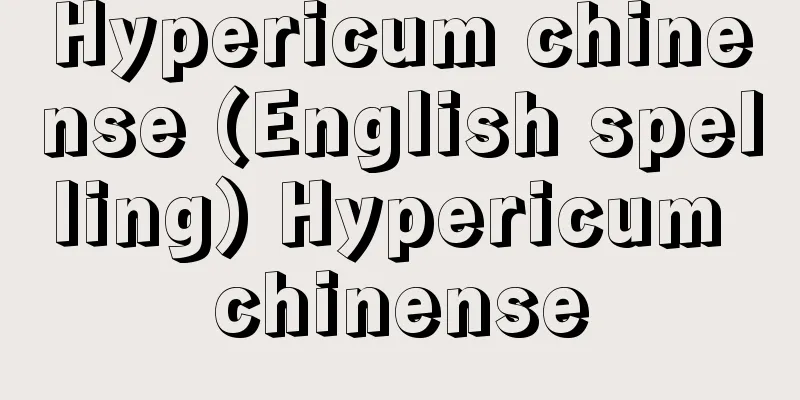Daishi lecture - Daishiko

|
This is an event where offerings of red bean porridge and dumplings are made to the Daishi who visits homes on the evening of November 23rd of the lunar calendar. It is passed down widely in Tohoku, Hokuriku, Chubu and Sanin regions. It is particularly prominent in areas along the Sea of Japan coast, where a group called a kou holds a festival for families. It is said that snow always falls on this day, and it is called Denbokakushi or Atokakushiyuki because Daishi has only one leg, and it is said that the footsteps of an old woman who steals crops from the fields for Daishi are hidden. There are also legends that Daishi has many children and feeds them dumplings with long chopsticks, and that it represents one of his legs, so two chopsticks, one long and one short, are added to the offerings of red bean porridge and dumplings. Being one-legged or blind, or having bad weather such as snow or wind when he appears before people are some of the patterns that have been passed down since ancient times as images of Japanese gods. Nowadays, when people talk about Daishi-sama, they usually think of Kobo Daishi, but other names that are also mentioned include Chisha Daishi and Prince Shotoku. However, since the Daishi-ko is held on the 23rd night of November, it should be considered that the background is an agricultural ritual similar to Niiname-sai, which celebrates the new rice of the year. It is said that the reason why the god welcomed on this occasion was called Daishi comes from the fact that he was Oiko, or the child of God, and it is thought that this Daishi faith became linked to the legend of Kobo Daishi's traveling. [Masaru Sasaki] Source: Shogakukan Encyclopedia Nipponica About Encyclopedia Nipponica Information | Legend |
|
旧暦11月23日の晩に家々を訪れる大師様に、小豆粥(あずきがゆ)や団子を供える行事。東北、北陸、中部や山陰地方など広域に伝承されている。ことに日本海沿岸地域では顕著で、講と称するが家の祭りである。この日はかならず雪が降るといい、大師様の足が片方であるとか、大師様のために畑の作物を盗む老女の足跡を隠すとかということで、デンボカクシ、アトカクシユキなどとよばれている。また大師様は子だくさんで長い箸(はし)で団子を刺して食べさせるなどという伝承や、片方の足の不自由を表しているという話を伴って、長短2本の箸を小豆粥や団子などの供え物に添える。片方の足や目が不自由だとか、人々の前に出現するときに雪や風など天候が荒れるというのは、日本の神のイメージとして古くから伝承されている一つのパターンである。現在は大師様といえばほとんどが弘法(こうぼう)大師を想定しており、ほかに智者(ちしゃ)大師や聖徳太子などもみられる。しかし、大師講は霜月二十三夜という時期的なことから、その年の新穀を祝う新嘗祭(にいなめさい)的な農耕儀礼が背景にあると考えるべきものであろう。その際に迎える神をダイシとしたのは、大子(おおいこ)つまり神の子ということからきたといわれているが、そうしたダイシ信仰が弘法大師の巡行伝説と結び付いたと考えられる。 [佐々木勝] 出典 小学館 日本大百科全書(ニッポニカ)日本大百科全書(ニッポニカ)について 情報 | 凡例 |
>>: Prince's lecture - Taishikō
Recommend
Alexandretta - Alexandretta (English spelling)
Former name of the city of Iskenderun in southern...
High-standard trunk road - KOUKIKAKUKANSENDOURO
A type of high-standard road, it is a road exclusi...
Patch test
This is an important method for determining the c...
Kagetsuen
...Several couples danced quadrilles, minuets, Vi...
Inui Taisuke
⇒ Taisuke Itagaki Source: Kodansha Digital Japanes...
Stavenhagen, R.
…An economist on par with Frank is Theotonio Dos ...
Valonia aegagropila (English spelling) Valoniaaegagropila
…[Mitsuo Chihara]. . . *Some of the terminology t...
The Beginning of Nishikie Paintings of Specialties of the Eastern Capital
...Around this time, "Kanaya Kingoro Ukinaga...
Jiangxi School of Poetry
A school of poetry in the Song Dynasty of China. T...
Lingerie
…It is used for hygiene, warmth, body correction,...
Exogenous - Gaigensei
…The majority of primary vascular bundles are mad...
Secondary anemia
…Sideroblastic anemia can be hereditary or acquir...
Hayato Tsukasa
This office was established to supervise the trib...
Parenzo
…Ancient name: Parentium. Until 1947 it was part ...
Alaska pollack (Alaska pollack)
Also called Alaska pollock (Palaeocod), mentai (a ...









